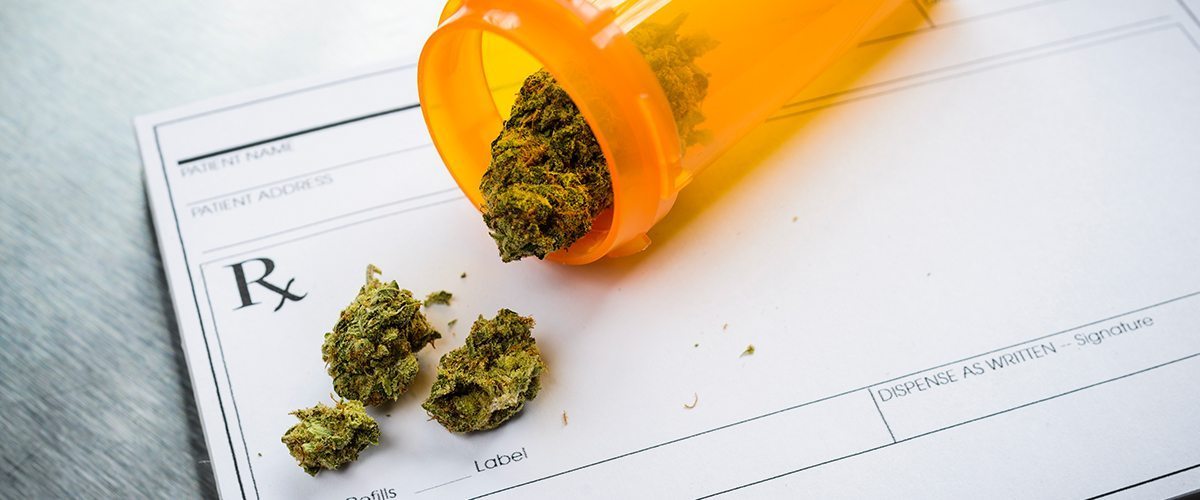[vc_row][vc_column][vc_column_text]
Things may be looking up for Minnesota’s struggling medical marijuana program, which has seen a huge influx in registered patients since expanding its list of qualifying conditions to include intractable pain.
The number of qualified patients registered with Minnesota’s medical marijuana program has more than quadrupled in 2016, according to a recent report from Marijuana Business Daily.
Since legalizing medical marijuana in 2014, Minnesota’s program has struggled with low patient numbers. In this year alone, however, the state has seen its medical marijuana patient registry grow from 968 to 4,017, a more than 300 percent increase. The latest data from Minnesota’s Department of Health reports that the total number of Cannabis Patient Center visits that included a purchase of medical cannabis ballooned from 575 in January to 2,812 in December.
The enormous influx in patients this year is the result of the program expanding its list of qualifying conditions for medical marijuana to include intractable pain. Eighty-two percent of the growth for the year came after August 1, 2016, when medical cannabis became legally available to pain patients. By August 31, the Star Tribune reports, the program had more pain patients than patients with cancer, epilepsy and terminal illnesses combined. The program saw a boom of 481 medical marijuana patients alone in July alone, when intractable pain patients were first allowed to obtain physician recommendations and register with the program.
Minnesota’s Department of Health decided to add intractable pain to its list of qualifying conditions for medical marijuana after first arranging for a University of Minnesota literature review to examine the available research. The department defines intractable pain as “pain whose cause cannot be removed and, according to generally accepted medical practice, the full range of pain management modalities appropriate for this patient has been used without adequate result or with intolerable side effects.”
Today, intractable pain makes up 57 percent of the patients registered with the medical marijuana program. The second highest count of active patients, diagnosed with cancer, account for 14 percent.[/vc_column_text][/vc_column][/vc_row][vc_row][vc_column][vc_single_image image=”17365″ img_size=”1200×250″ onclick=”custom_link” img_link_target=”_blank” link=”https://www.medicalmarijuanainc.com/overview-of-medical-marijuana-research/”][/vc_column][/vc_row][vc_row][vc_column][vc_column_text]Despite the surge in patients and registered health practitioners, Minnesota’s tightly regulated medical marijuana program continues to be relatively small. Its weak patient count has been attributed to high prices and the prohibition of smokable forms of marijuana. As of now, patients are limited to medical cannabis in oil or pill form, and the state has only eight cannabis clinics, making it difficult for many patients to visit the centers for treatment.
Minnesota’s Department of Health has appeared, however, to be making an effort to expand the program. After considering multiple petitions, health officials announced in December they would also add post-traumatic stress disorder (PTSD) to the program’s list of qualifying conditions for medical marijuana. The change takes effect August of this year. Health Commissioner Dr. Ed Ehlinger has also said that the program would eventually expand to allow topicals, including ointments, patches, creams, and lotions.
As of January 12, there are 4,180 medical marijuana patients in Minnesota, according to the Minnesota Department of Health.
You read the entire report from Marijuana Business Daily, here. To learn about Minnesota’s current cannabis laws, visit our education page.[/vc_column_text][/vc_column][/vc_row]






